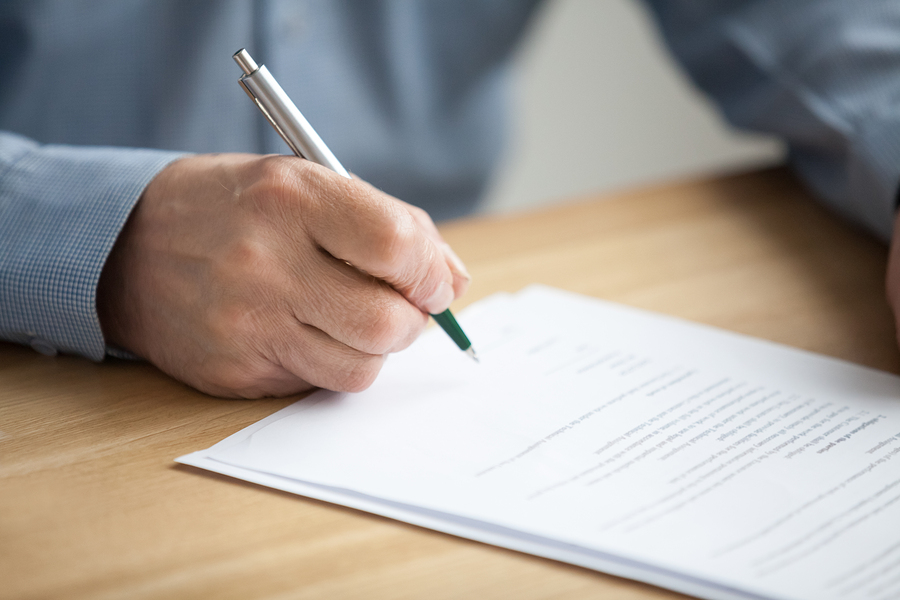
27 Nov What Are the Biggest Factors in Pricing a Restaurant for Sale?
Let’s set the stage for what I do with restaurants and bars for sale pricing. Notice the word pricing. Biggest thing it means is that I do not appraise a business. It means that I can tell you after appropriate analysis a range of pricing that the business might go on the market for.
My range of suggested prices is arrived at through my knowledge of the restaurant and bar market, my awareness of comparable sales and the review of the books, records and other documents of the business.
Please also note that I suggest a range of prices for the business and not for the related real property which relatively infrequently is involved with the sale of a business. That is one of the reasons why the lease terms become such an important factor in a business pricing strategy.
All I do is suggest a price to a potential seller. If the seller wants a price higher or lower, I consider the suggestion and if it is too far out of line from what my experience tells me will work and we can not negotiate a compromise, most likely I will not take the listing.
The suggested price is influenced by a number of items that drive the final estimate. To start the opinion of price process I will normally want to see tax returns and profit and loss statements for the last three years, a current Balance Sheet, year to date Profit and Loss Statement, copies of any contracts of the business and also any Notes payable, the real property lease and any other leases of the business and if a franchised business, a copy of the franchise agreement.
Presuming for the moment that the business has reasonable sales and profit, the first thing I determine is the Seller’s Discretionary Cash Flow which is defined as profit or loss plus amortization, depreciation, interest expense, owner’s salary, owner’s payroll taxes and benefits and unique or one time expenses. SDE then has a multiple applied to it to get to a possible starting price. Restaurants and bars might, depending on other factors, go on the market in a range of 2.0 to 3.0 times SDE. Nationally, the average selling multiple for a restaurant with SDE is 2.2.
Lots of things influence the final price recommendation including comparable sales and replacement cost for the furniture, fixtures and equipment and the leasehold improvements. These two items take on even greater importance when there is no Seller’s Discretionary Earnings or the business is closed when it is really a true asset sale rather than a business sale.
Here are some other things that can impact the value of the business. Value of Inventory, condition of the premises, location of the premises, length of lease remaining and rent increases to be incurred, assumable liabilities, recipes, administrative systems, key employees, marketing programs, the value of the liquor license, the value of the franchise, non compete clauses, name and reputation, competitive trends, area demographics and trends and general economic conditions.
And there are several rules of thumb to be looked at as a check against the pricing formulas. One that stands out for me is that restaurants will sell in a range of 25 to 75% of average annual sales. At the low end, most likely there is little or no SDE so it probably is an asset sale and at the high end there should be good SDE, good location, good lease and good physical condition for the premises and the business assets. Nationally, restaurants and bars sell on average at 35% of average annual sales.
Suggesting a price for restaurant is a combination or science, math, comps, knowledge of the market and the market conditions and what the seller wishes to ask and what the broker is willing to list for.
By Brian Harron, CBB
Arizona Restaurant Sales © 2018



